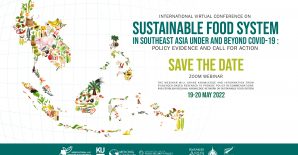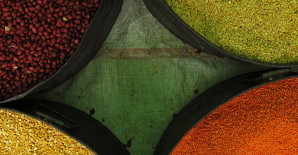There is a rapid transformation afoot in the rice value chain in Asia, according to the recent research study. The upstream is changing quickly—farmers are undertaking capital-led intensification and participating in burgeoning markets for land rental, fertilizer and pesticides, irrigation water, and seed, and shifting from subsistence to small commercialized farms; in some areas landholdings are concentrating.
Midstream, in wholesale and milling, there is a quiet revolution underway, with thousands of entrepreneurs investing inequipment, increasing scale, diversifying intohigher quality, and the segments are undergoing consolidation and vertical coordination and integration. Mills, especially in China, are packaging and branding, and building agent networks in wholesale markets, and large mills are building direct relationships with supermarkets.
The downstream retail segment is undergoing a “supermarket revolution,” again with the lead in change in China. In most cases the government is not playing a direct role in the market, but enabling this transformation through infrastructural investment. The transformation appears to be improving food security for cities by reducing margins, offering lower consumer rice prices, and increasing quality and diversity of rice. This paper discusses findings derived from unique stacked surveys of all value chain segments in seven zones, more and less developed, around Bangladesh, China, India, and Vietnam.
Read more about the study.




Leave a Reply